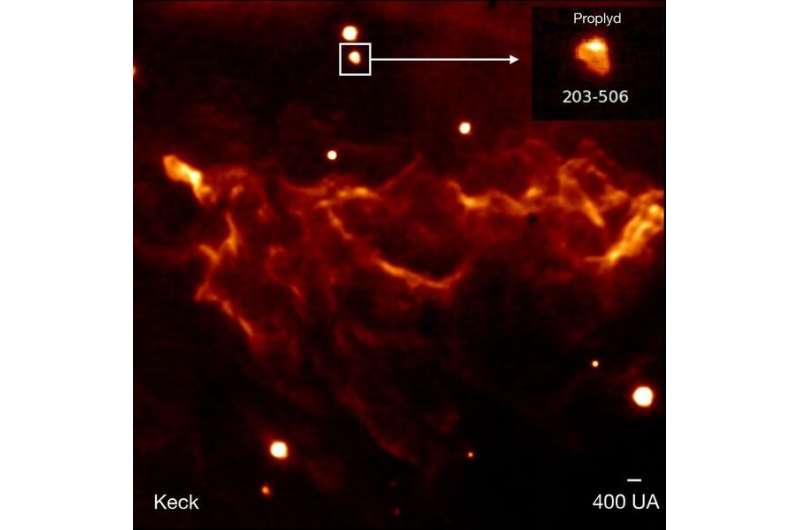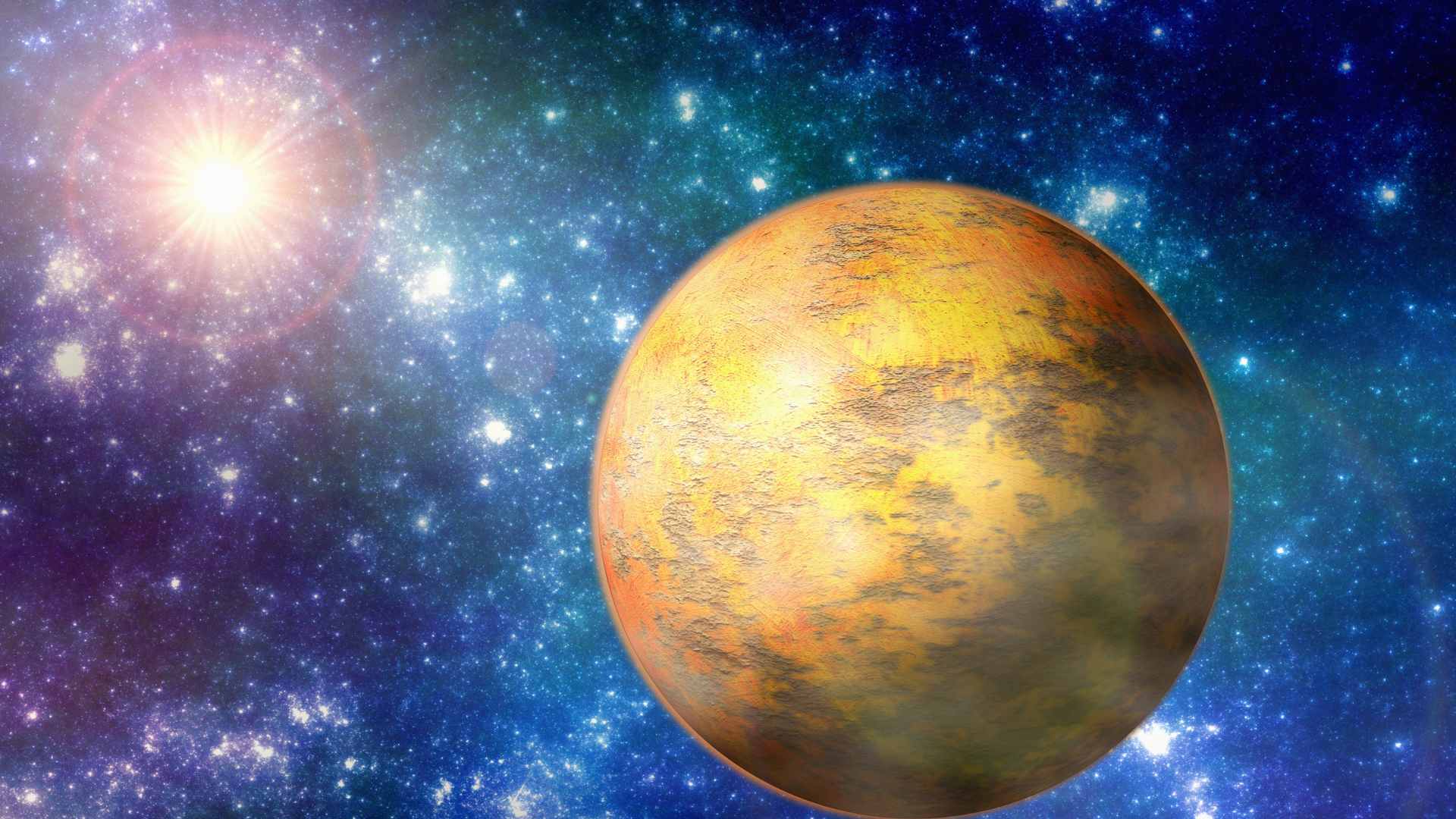Webb’s Infrared vs the Distant Universe

We, tiny particles on Earth, have a ton of universe left to comprehend with our limited abilities and technologies.
The James Webb Telescope is NASA’s newest, most powerful tool for understanding the farthest reaches of the universe; how planets formed, how galaxies evolved, how stars and black holes came to be, and most importantly, the existence of extraterrestrial life. Webb’s infrared wavelengths help it stare through dusty regions of space that Hubble couldn’t penetrate.
Recently, astronomers captured a firsthand glimpse of a planet outside of our solar system using JWST. Because the exoplanet is a gas giant and lacks a rocky surface, it is inhospitable to life.
The image demonstrates how Webb’s strong infrared vision can easily capture worlds outside of our solar system. This not only paves the path for upcoming surveys that will provide more data about exoplanets, but also helps scientists understand how planetary systems form and evolve. It serves as an example of the prolific capabilities of Webb.
For your information, it is really difficult to zoom into farther planets (we can barely zoom into our own moon). Hence, we do not have enough information about the exoplanets, as we do not yet have the technology to view them and interpret their clearer images. It’s just the same reason why your eyes can see the distant hills, but can’t zoom into it with your naked eyes.
Even James Webb telescope is far from that achievement. It is hard to find a direct face-on view of the exoplanet. So, what exactly is special about JWST? And is it even helping us at all, observing the farther end of the Universe?
The answer is yes. Even though JWST is not yet a revolution, it is essentially a huge upgrade, a leap from blackberry to iPhone 13. It is giving us a far clearer view of the distant universe including the exoplanets, galaxies, and more. “Clear” is the keyword here.
As the JWST keeps cleaning the window i.e uncovering more mysteries about the cosmos in a clearer way, we have a better understanding of reality. We are able to understand more about our reality by getting a clearer view of the farther Universe. This is what it’s all about.
Moreover, it’s helping us today, providing a better understanding of exoplanets, albeit not yet to its full potential (not even close), and soon enough, JWST will be able to discover many other types of exoplanets whose living creatures are probably watching us already.
Auto Amazon Links: No products found.


